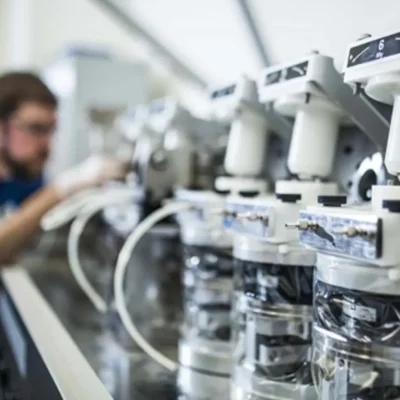The rise of robotics has transformed manufacturing, logistics, healthcare, and countless other sectors. Yet one barrier has always slowed adoption: cost. Traditional robotics systems require significant upfront investments in hardware, integration, and maintenance making them inaccessible for many businesses.
In 2025, that barrier is being dismantled by a new model: Robotics-as-a-Service (RaaS). By shifting robots from capital expenses to subscription-based services, RaaS is opening the door for companies of all sizes to embrace automation.
What Is Robotics-as-a-Service?
Robotics-as-a-Service works much like cloud computing or software-as-a-service. Instead of buying robots outright, companies lease them on a monthly or usage-based subscription. Providers handle installation, maintenance, upgrades, and even software integration, while clients pay only for what they use.
Why RaaS Is a Game-Changer
1. Lower Barriers to Entry
Small and mid-sized companies can now deploy advanced robotics without multimillion-dollar budgets. This democratizes automation, allowing more industries to compete globally.
2. Flexibility and Scalability
Businesses can add or remove robots as demand changes. A factory can scale up during peak production and scale down afterward without long-term capital lock-in.
3. Always Updated, Always Optimized
With RaaS, providers ensure robots are equipped with the latest hardware and AI-driven software. Companies benefit from continuous improvement without additional investment.
4. Reduced Risk
Maintenance, training, and upgrades are built into the service model. This minimizes downtime and shifts risk away from end users.
5. Access to Advanced Technologies
Cobots (collaborative robots), autonomous mobile robots (AMRs), and AI-enabled vision systems are available through RaaS, enabling smaller firms to access cutting-edge tools that were once reserved for industry giants.
Industries Benefiting from RaaS
- Manufacturing: Assembly, quality checks, and material handling.
- Warehousing & Logistics: Automated picking, packing, and last-mile delivery.
- Healthcare: Robotic-assisted surgeries, disinfection, and patient support.
- Retail: Inventory management and customer service robots.
- Agriculture: Automated harvesting and crop monitoring.
Challenges Ahead
While RaaS is powerful, it comes with considerations:
- Dependence on providers for uptime and updates.
- Data security risks with cloud-connected robots.
- The need for workforce reskilling to work alongside robotic systems.
Final Word
Robotics-as-a-Service is more than a financial model it’s a paradigm shift in how industries adopt automation. By making robotics flexible, affordable, and scalable, RaaS is enabling organizations to compete, innovate, and grow in ways that were previously out of reach.
In the coming years, companies that embrace RaaS won’t just be adopting robots they’ll be adopting a future-ready approach to agility and competitiveness.




